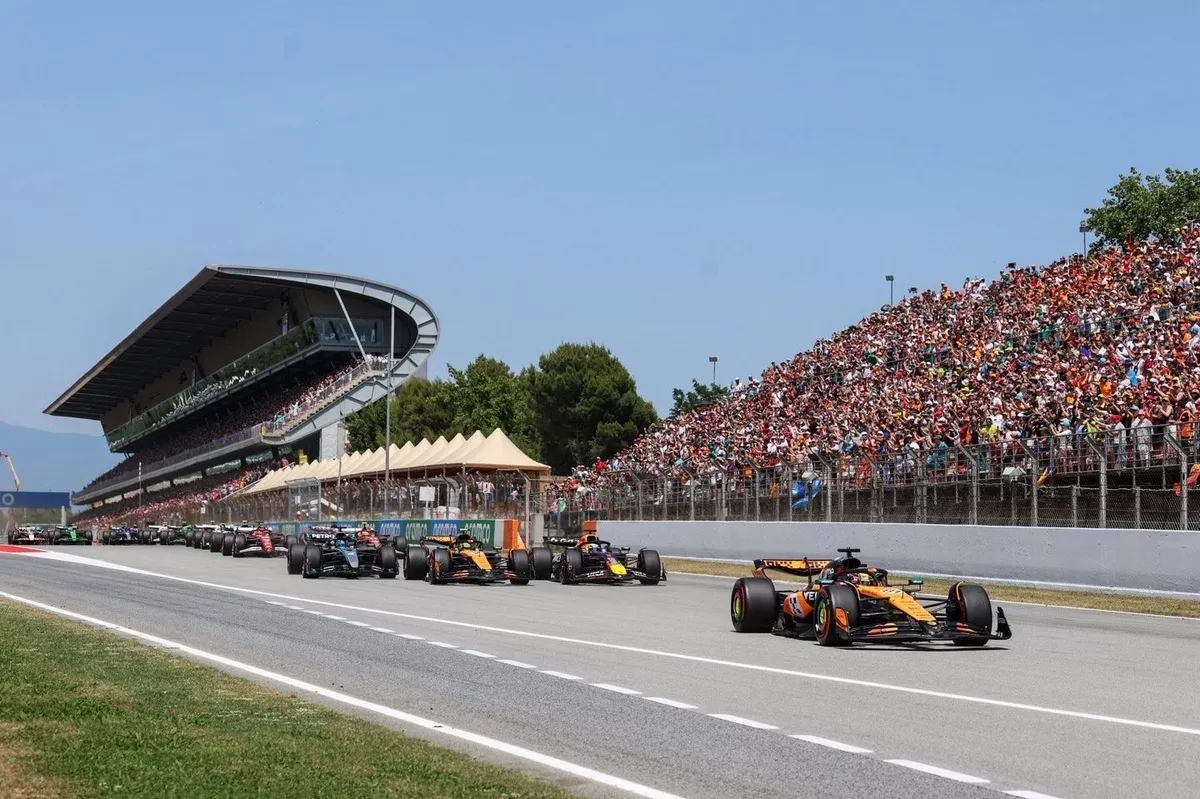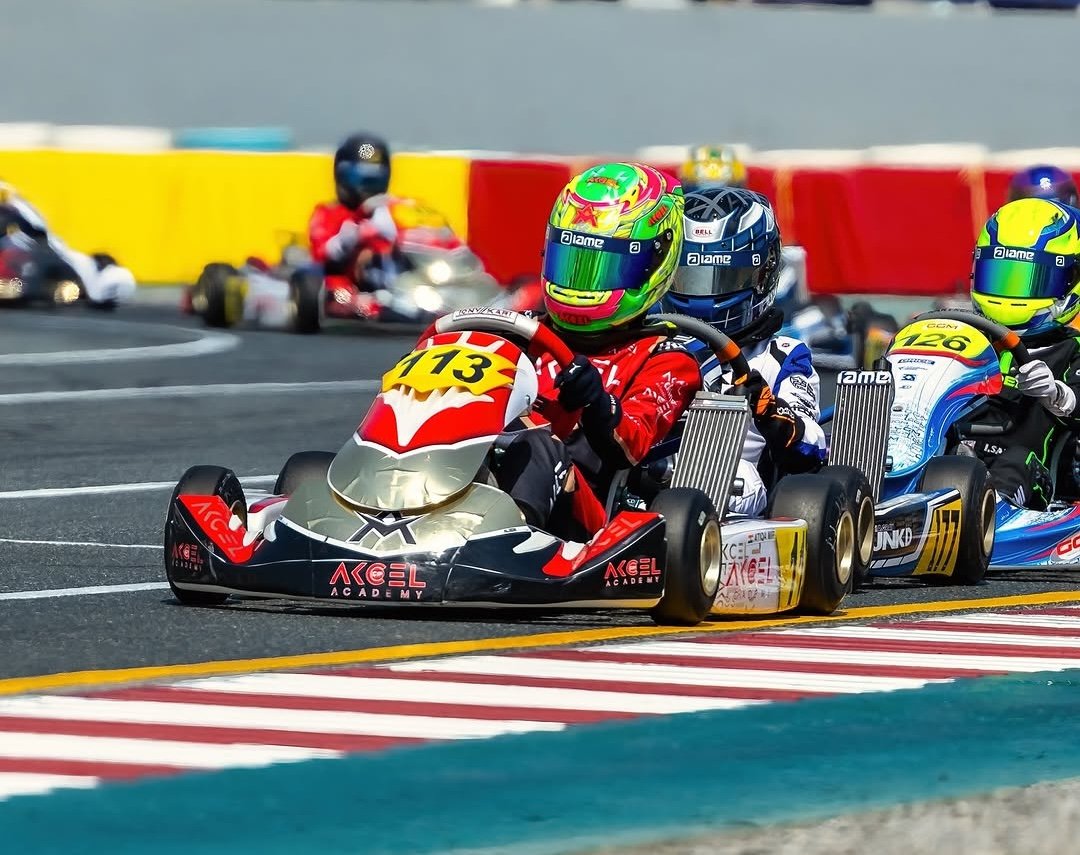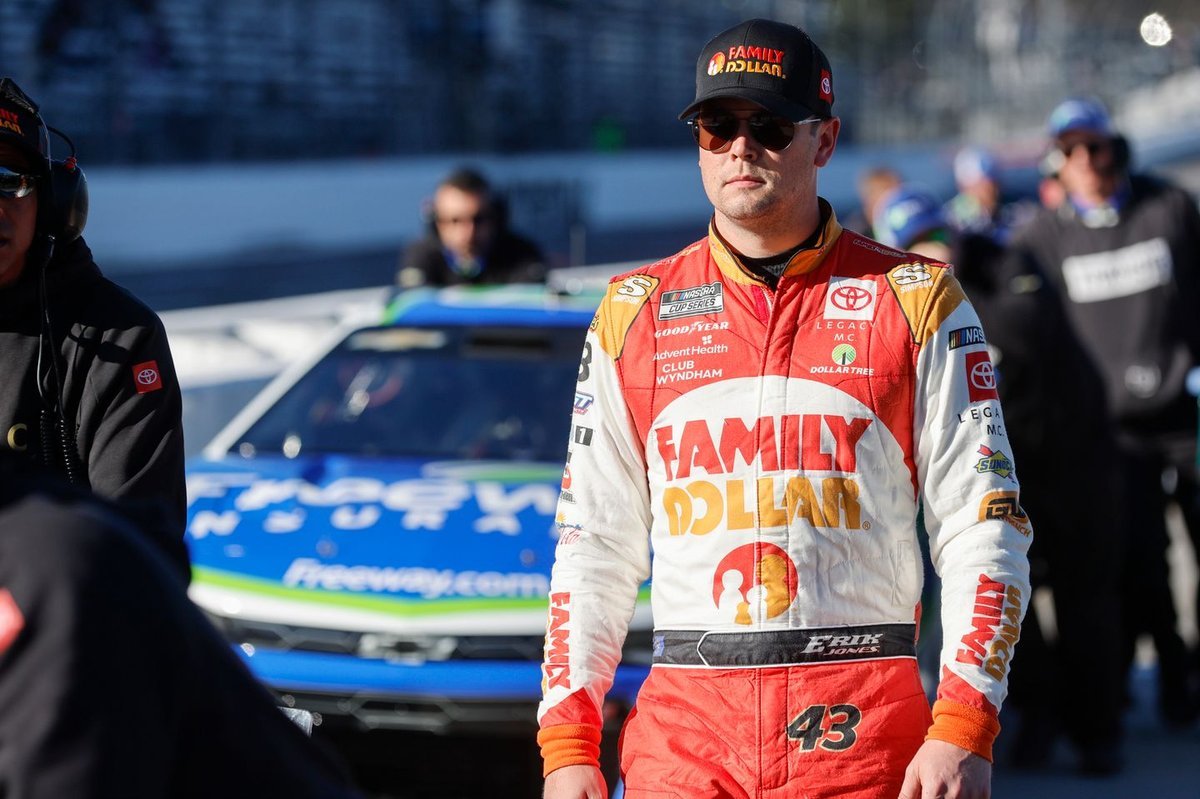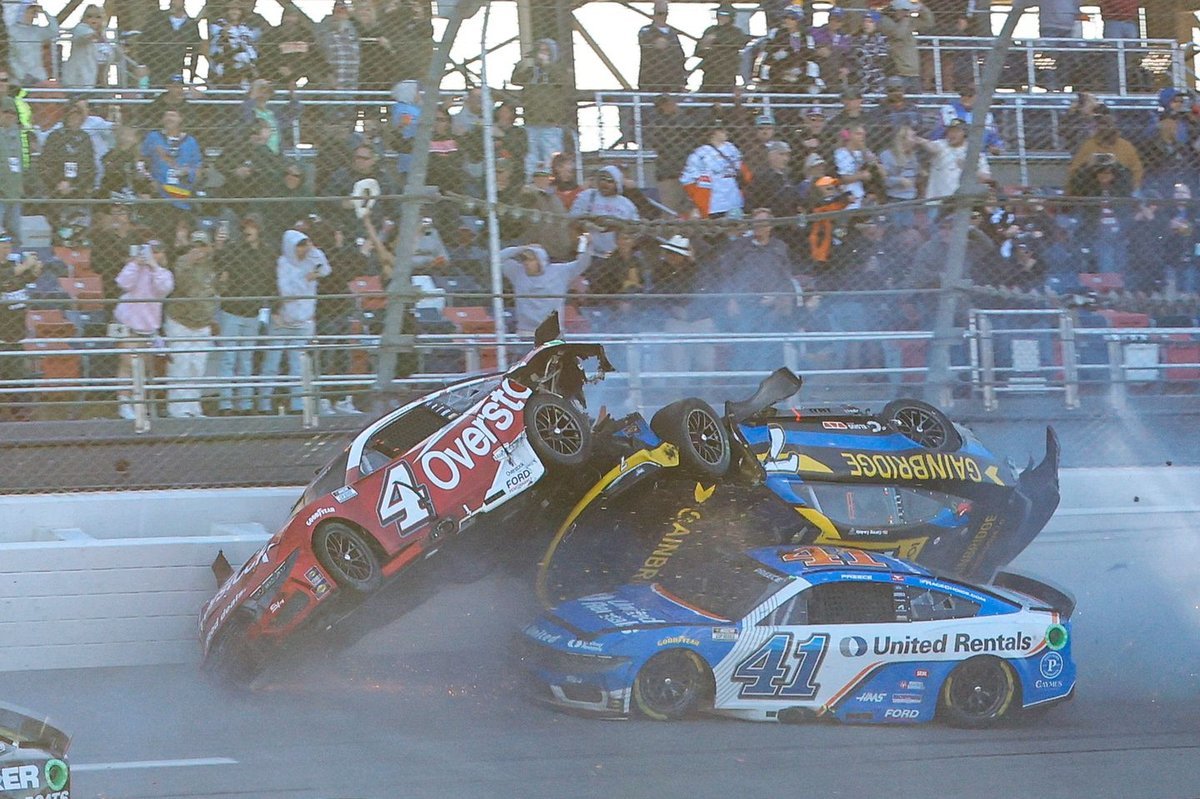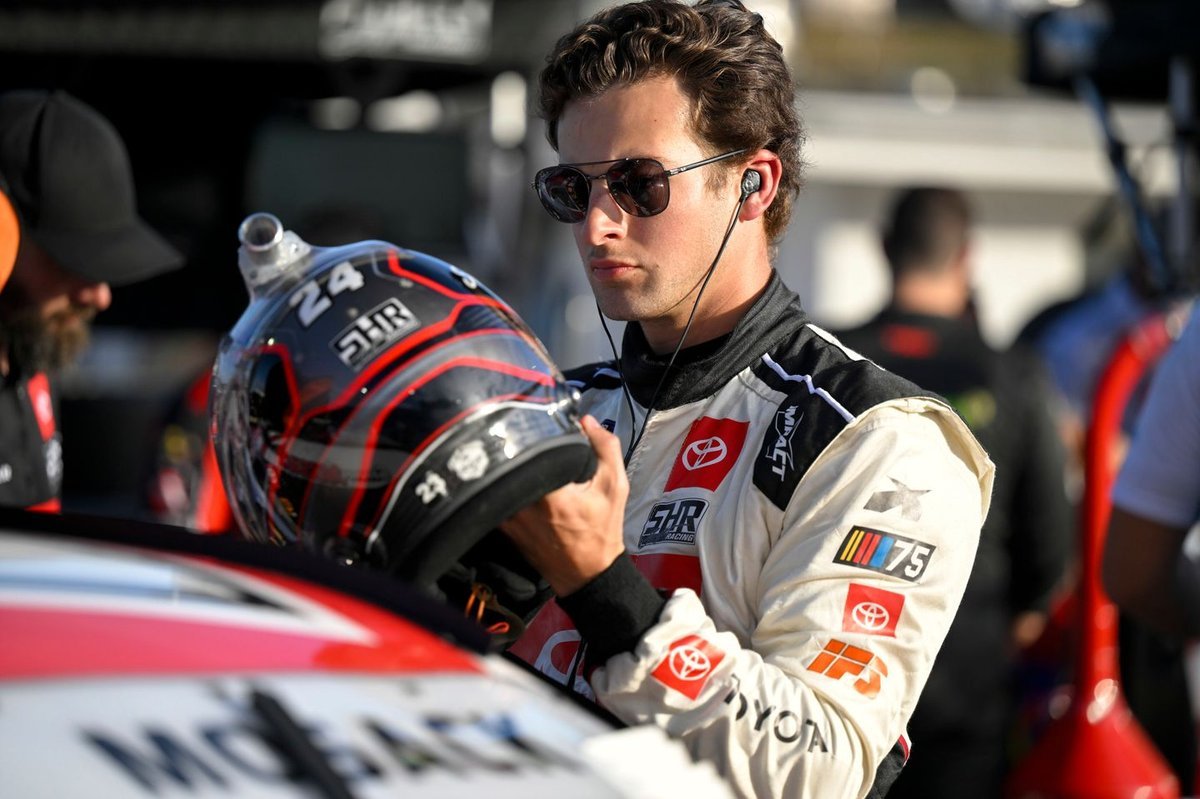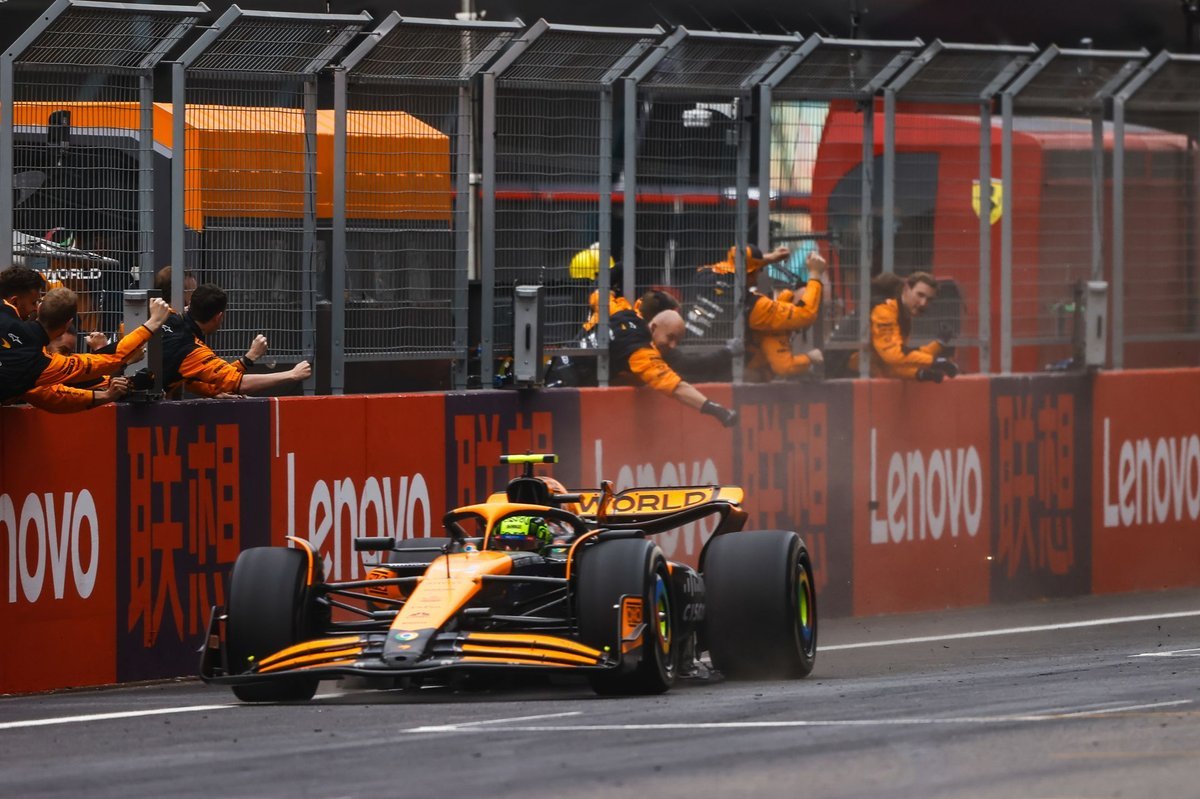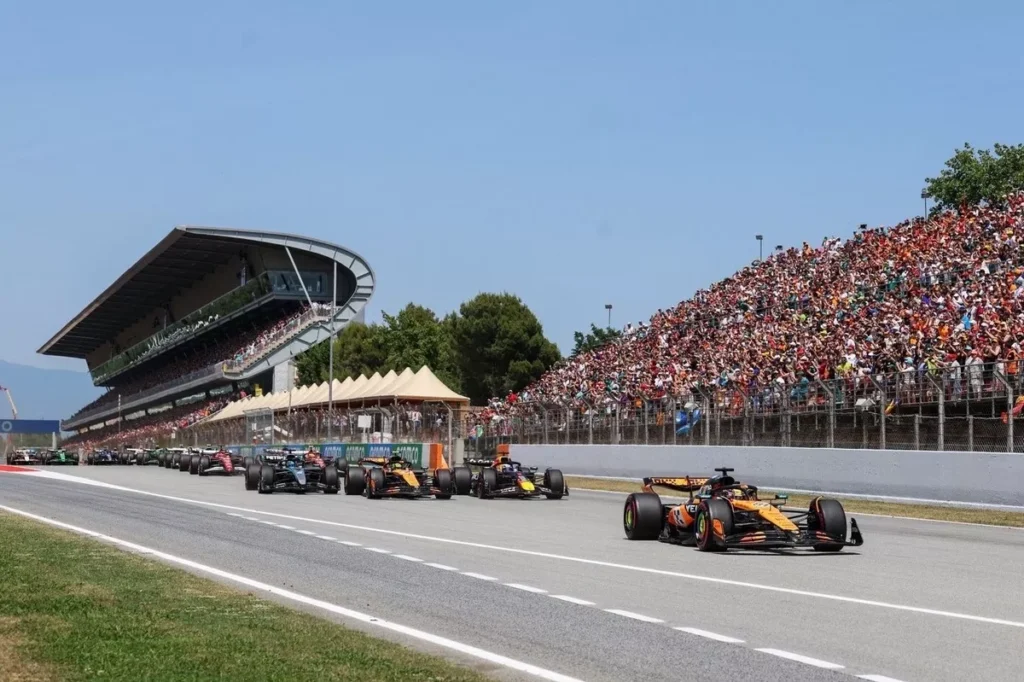
As the Barcelona F1 future hangs in balance, Spanish Grand Prix Madrid, F1 2026 calendar, Formula 1 schedule changes and European race rotation dominate headlines.
Introduction
The Circuit de Barcelona-Catalunya has long been the beating heart of Formula 1 in Spain, but that rhythm is starting to falter. With Madrid F1 race set to take over the Spanish Grand Prix title in 2026, Barcelona is staring at the possibility of being squeezed out of the Formula 1 schedule. While optimism still lingers in Catalonia, reality paints a more uncertain picture.
So, what does this mean for the Barcelona F1 future? How is the F1 2026 calendar taking shape? Let’s take a lap through the latest developments and find out if there’s still a podium finish left in Barcelona’s F1 dreams.
Table of Contents
| Sr# | Headings |
|---|---|
| 1 | A Historic Pit Stop: Barcelona’s F1 Legacy |
| 2 | The Madrid Overtake: What’s Changing in 2026? |
| 3 | Why Barcelona May Be on the Exit List |
| 4 | The Rotating Grid: How F1’s European Race Rotation Works |
| 5 | How Madrid is Gearing Up for Its Grand Debut |
| 6 | Barcelona’s Case to Stay in the Game |
| 7 | Infrastructure Setbacks: The Train That Never Came |
| 8 | Circuit de Barcelona-Catalunya vs. Madring: A Tale of Two Circuits |
| 9 | F1 2026 Calendar: What We Know So Far |
| 10 | The Impact of Ramadan on the Middle Eastern Races |
| 11 | Government Talks and Local Politics |
| 12 | The Catalan Grand Prix: A Backup Identity? |
| 13 | What FOM Wants: The Business Behind the Decisions |
| 14 | Public Sentiment: Fans Speak Out |
| 15 | Conclusion: Will Barcelona Cross the Finish Line Again? |
1. A Historic Pit Stop: Barcelona’s F1 Legacy
Barcelona has been a core part of the Formula 1 schedule since 1991, with the Circuit de Barcelona-Catalunya providing iconic racing moments for over three decades. From Schumacher’s rain masterclass to Verstappen’s debut win, Montmeló has offered drama, strategy, and unpredictability.
But as we know, in F1, legacy only gets you so far. The sport is evolving, and circuits are now measured by more than just history—they’re judged on infrastructure, financial backing, and global appeal.
2. The Madrid Overtake: What’s Changing in 2026?
Come 2026, Madrid will officially host the Spanish Grand Prix, shifting the traditional race away from Catalonia for the first time in decades. The event will take place at the brand-new “Madring” circuit, still under construction but backed by heavy investment and strong government support.
It’s like watching a younger, faster car zip past an aging veteran—Madrid isn’t just a threat, it’s the future.
3. Why Barcelona May Be on the Exit List
Even though Barcelona will remain on the F1 2025 calendar, 2026 is expected to be its swan song. That’s not necessarily due to Madrid’s entrance but more so due to long-standing issues that Barcelona failed to fix in time—think congested parking, outdated facilities, and a missing train station that’s been promised for years.
As F1 pushes toward modernization, these oversights are beginning to look like red flags rather than yellow warnings.
4. The Rotating Grid: How F1’s European Race Rotation Works
F1 is known for its dynamic calendar, and in Europe, several races like Spa-Francorchamps (Belgium) and Imola already operate under a rotation system. This means they don’t appear every year but take turns, keeping the calendar fresh while maintaining legacy circuits.
Barcelona could fall into this rotation model—offering a potential lifeline, though not a permanent fix.
5. How Madrid is Gearing Up for Its Grand Debut
The Madrid F1 race is being marketed as a technological marvel. With an urban layout designed to echo the vibes of Singapore and Miami, and supported by cutting-edge hospitality and transport solutions, the city is pulling out all the stops.
The circuit will be built with FOM’s latest expectations in mind, something Barcelona took too long to address. Madrid is not just entering the race—it’s coming for pole position.
6. Barcelona’s Case to Stay in the Game
Despite the looming threat, Barcelona’s organizers are not throwing in the towel. Ignasi Armengol, head of the Fira Circuit company, insists that relations with FOM remain positive and negotiations are still ongoing.
He claims there’s “no urgency” and believes there’s ample time to strike a new deal—possibly under a new name like the Catalan Grand Prix.
7. Infrastructure Setbacks: The Train That Never Came
One major sticking point has been the lack of proper infrastructure around the Circuit de Barcelona-Catalunya. The long-promised train station at the circuit’s doorstep remains a concept, not construction.
This is more than just an inconvenience—logistical nightmares make life hard for fans, teams, and organizers. And in the ultra-competitive world of F1 circuits, such issues can be disqualifying.
8. Circuit de Barcelona-Catalunya vs. Madring: A Tale of Two Circuits
Where Barcelona feels like a classic film, full of charm and nuance, the Madring feels like the blockbuster sequel—flashier, faster, and more in tune with today’s audience.
Barcelona’s strengths lie in its technical track layout, proven fan base, and deep connection to F1’s history. But if it doesn’t evolve fast enough, history may not be enough to save it.
9. F1 2026 Calendar: What We Know So Far
The F1 2026 calendar is almost finalized. Here are some confirmed or expected key points:
- Season starts in Melbourne (Australia) in early March
- Ramadan pushes Bahrain and Saudi Arabia to April
- China and Japan follow Melbourne
- Spain will host two races—Barcelona in its final contract year and Madrid’s debut as Spanish GP
This dual hosting is expected to be a one-off, with only one Spanish race continuing from 2027.
10. The Impact of Ramadan on the Middle Eastern Races
As in 2024 and 2025, the Middle Eastern races will shift to accommodate the Islamic holy month of Ramadan. This change pushes Bahrain and Saudi Arabia to post-April slots.
This reshuffling creates unique challenges in balancing logistics, weather conditions, and fan attendance—but F1 has already shown adaptability in managing this shift.
11. Government Talks and Local Politics
The real negotiations behind the Barcelona F1 future are happening at the government level. The Catalan government foots most of the bill, and their willingness to invest in future F1 hosting rights could determine whether Barcelona survives or not.
So far, political sentiment seems cautiously optimistic, though the clock is ticking.
12. The Catalan Grand Prix: A Backup Identity?
If Madrid takes the Spanish Grand Prix Madrid label, what name can Barcelona use? Organizers are eyeing the Catalan Grand Prix—already familiar to MotoGP fans—as a potential identity.
While not as prestigious, this would keep Barcelona on the calendar and perhaps even offer a unique branding opportunity in its own right.
13. What FOM Wants: The Business Behind the Decisions
F1 is a sport, yes—but also a business. And in business, optics, numbers, and long-term gains matter more than sentiment.
FOM (Formula One Management) is focused on growing the brand globally, reaching new fans, and modernizing events. Madrid checks all those boxes, which explains why it’s the favorite despite Barcelona’s history.
14. Public Sentiment: Fans Speak Out
Die-hard fans have mixed feelings. While many welcome Madrid’s fresh approach, others see it as a betrayal of tradition. On social media and fan forums, the dominant emotion is bittersweet nostalgia.
There’s a growing campaign among fans to save Barcelona, but whether fan pressure can influence boardroom decisions remains to be seen.
15. Conclusion: Will Barcelona Cross the Finish Line Again?
The writing may be on the wall, but the final chapter hasn’t been written yet. The Circuit de Barcelona-Catalunya still has one more lap to go in 2025—and possibly a few more in future years if F1 adopts a rotational approach.
Whether it rebrands as the Catalan Grand Prix or bows out gracefully, Barcelona’s F1 legacy will always remain intact. But in the ever-evolving race of modern Formula 1, history alone won’t keep you on the grid.
FAQs
1. Will Barcelona still host a Formula 1 race in 2026?
Yes, Barcelona is scheduled to host a race in 2026, but it will not be called the Spanish Grand Prix. It might be renamed, possibly to the Catalan Grand Prix.
2. What is the new venue for the Spanish Grand Prix in 2026?
The Spanish Grand Prix will move to Madrid’s new Madring circuit starting in 2026, replacing Barcelona as the official Spanish F1 host.
3. Why is Barcelona at risk of losing its F1 race?
Long-standing infrastructure issues, lack of modernization, and strong competition from Madrid have made Barcelona’s future in F1 uncertain.
4. Can Spain host two F1 races permanently?
Unlikely. F1 aims to keep a balanced global calendar, and two Spanish races are expected to be a temporary setup, not a long-term solution.
5. What is the F1 European race rotation system?
It’s a model where certain European tracks, like Spa and Imola, rotate their hosting years. Barcelona may be included in this rotation after 2026.

